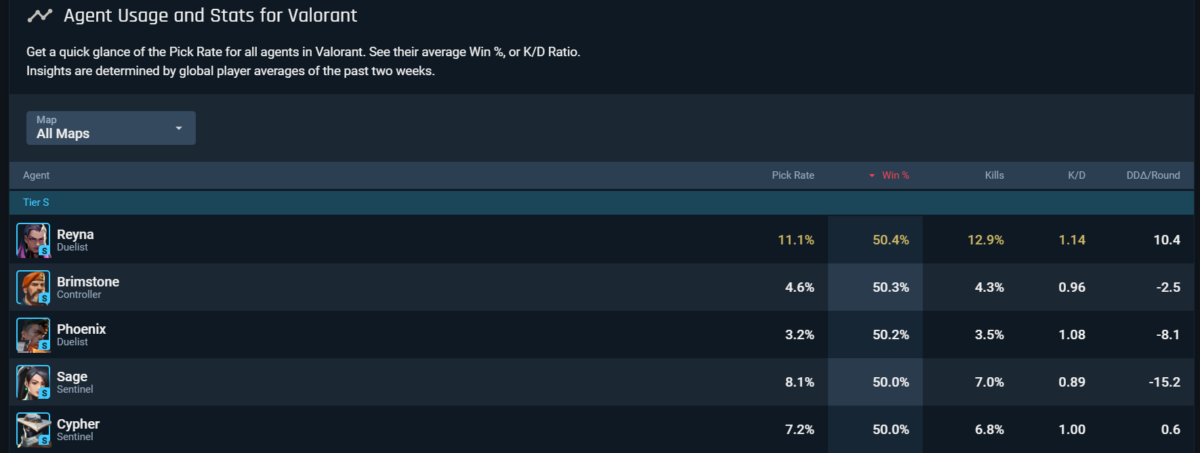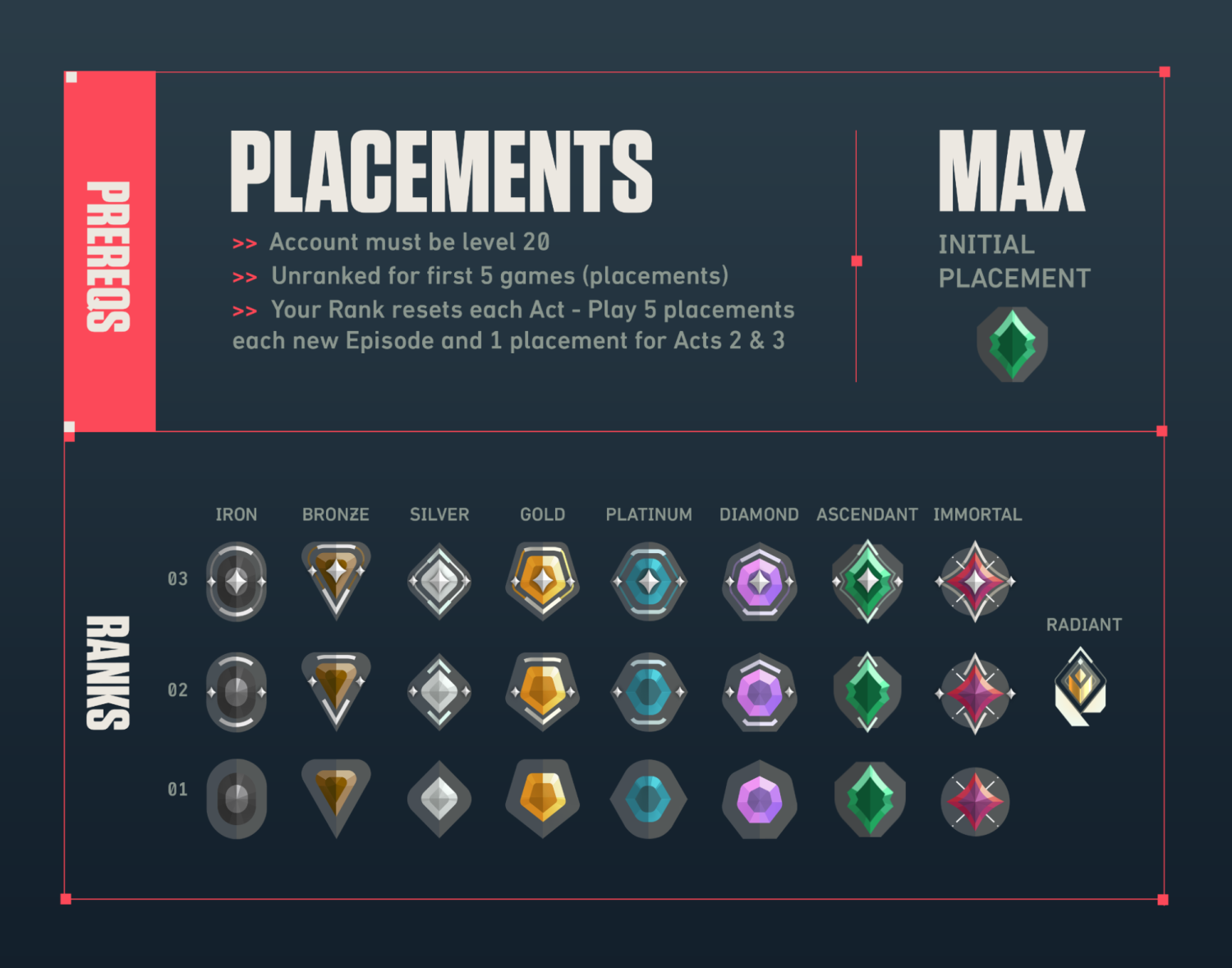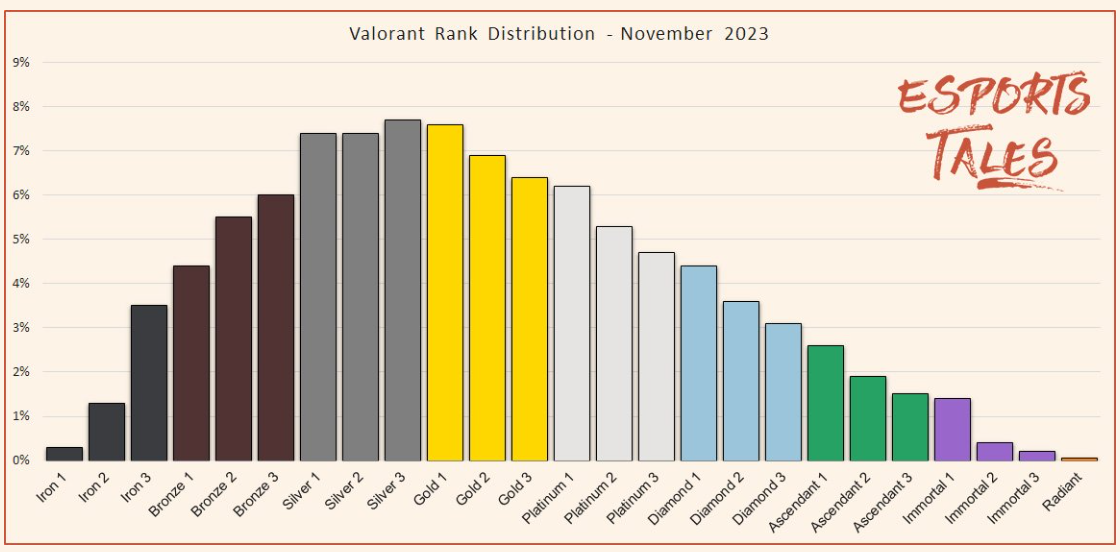Valorant is a first-person shooter developed and published by Riot Games Inc. that has become extremely popular after Counter-Strike.
Riot Games is an American video game publisher and developer. Prior to Valorant, it published games like League of Legends, Legends of Runeterra, and much more. Before Valorant’s release, it was codenamed and announced as Project A.

The game was first launched in a closed beta stage on April 7, 2020, with a limited number of players allowed to play. The game caught a lot of attention with popular Twitch streamers like Hiko, ShahZaM, Shroud, and much more grinding through the Valorant ranks. Eventually, the casual players took an interest in the game, and the game boomed with its launch on June 2, 2020, as free-to-play, available to download on Riot Games.
The game is currently available on Windows PC, and it’s free-to-play with requirements as follows:
| MINIMUM SPECS / 30 FPS | RECOMMENDED / 60 FPS | HIGH-END SPECS / 144+ FPS | |
| CPU | Intel Core 2 Duo E8400 (Intel), Athlon 200 GE (AMD) | Intel i3-4150 (Intel), Ryzen 3 1200 (AMD) | Intel i5-9400F 2.90GHz (Intel), Ryzen 5 2600X (AMD) |
| GPU | Intel HD 4000, Radeon R5 200 | Geforce GT 730, Radeon R7 240 | GTX 1050 Ti, Radeon R7 370 |
Now, let’s understand a bit more about how the gameplay of Valorant works.
About Valorant’s Gameplay
Valorant is a competitive, 5v5 character-based game. It includes different kinds of guns, maps, and a wide variety of agents, each with unique abilities to provide an immersive experience to the players. It has different game modes like unrated, competitive, spike rush, and much more.
Initially, the game was launched with 10 playable agents to choose from in the beta stage, further increasing it to 12 agents as of patch 1.05. In the current phase, there are 19 playable agents in the game. Each can be unlocked by playing the game.
There are different maps in the game. Each one provides the player with a different in-game experience. Currently, there are 7 maps, with the ‘Split’ map being taken out of the pool and replaced by a newly launched map named ‘Pearl’.
There are 17 total weapons in the game, and each of them can be equipped with unique skins, which are available for free or can be bought from the in-game store. Moreover, each weapon has its unique feature; few can be used for headshots, whereas others can be used for sprays.
As stated earlier, there are multiple agents in Valorant, each with its unique abilities, merits, and disadvantages. So, naturally, some agents are more popular across the game and are picked more often than others, based on the meta of the gameplay.
Global Agent Pick Rate

The above image illustrates the global pick rate of agents across different ranks and different maps, with the top being Reyna, followed by Brimstone, Phoenix, Sage, and Cypher in the top 5.
While this is the pick rate for Tier S agents (I’ll come to the Tier system a bit later), you can find the pick rate for agents across other tiers as well.
Valorant’s gameplay is fast and challenging, and this is often decided by the game’s objectives. Of course, the objectives change based on the kind of match that you’re playing.
Objectives
The game in basic mode has two sides, Attackers and Defenders. It’s a race to 13 rounds, with each team playing either as attackers or defenders. If the teams are tied at a scoreline of 12 each, then the game moves into the third half, where you are supposed to win a round or two consecutive rounds for unrated and competitive modes, respectively. Moreover, the competitive mode has higher stakes than the unrated mode, as it decides your in-game rank.
For a team to win a round, there are two ways:
- Take down the entire enemy team before the spike goes on or off, depending on your side.
- Planting the spike or defusing it before the time runs out.
Ingame Commendation
- Ace: When a single player frags out all the five players of an enemy team in a single round, it is known as Ace.
- Team Ace: When each player of your team takes down one player each from the enemy team in the same round is known as a Team Ace.
- Thrifty: Your team earns “Thrifty” when you have a comparatively weak loadout against your opponent.
While Valorant offers plenty of rounds to determine a winner, it may happen that the two teams are tied at the end of the usual gameplay time. So, what happens then? Let’s find out.
Sudden Death vs. Overtime
A player faces sudden death or overtime in unrated or competitive mode, respectively, in the third half of the game when both the teams are tied at each.
Sudden Death: It’s the part of Unrated mode where to win the entire game, you just have to win the Sudden Death round.
Overtime: It’s the part of Competitive mode where you have to win two consecutive rounds before the enemy team wins the entire game.
Like any other game these days, you play these matches and complete objectives in order to earn experience points. Using these points, you can level up in the particular season of the game.
Experience Points
Experience points or EXP/XP are the points acquired by the player after completing each game or mission. Daily mission rewards 2000 XP, and weekly mission rewards variable XP based on the weekly in-game challenges.
XP for each game mode is as follows:
| Mode | XP without win | XP with Win |
| Unrated | 100/round | 200/round |
| Competitive | 100/round | 200/round |
| Replication | 100/round | 200/round |
| Deathmatch | 900 | NA |
| Spike Rush | 1000 | NA |
| Escalation | 800 | 1000 |
| Snowball | 750 | 900 |
| Custom | NA | NA |
This XP helps a player unlock agents, free skins, and climb battle pass levels. And, as you play the competitive mode to get the most XP from matches, you unlock different ranks. Let’s check out Valorant’s ranking system now.
Ranks in Valorant
In Valorant, a player is placed into a rank bucket based on their skill and ability to perform in the game. This rank is dependent on your performance in the competitive mode. Moreover, each game results in either a deduction or an addition to your overall rank. Climbing up the ladder results in a more competitive lobby.

The current system has 9 distinguishable ranks starting with Iron and climbing up to Radiant rank. Each rank has 3 levels – Iron 1, Iron 2, and Iron 3, with an exception in the Radiant rank as it is the top rank in the game. To reach the Radiant rank, a player needs to grind a particular amount of Rank Rating based on their region.
Valorant Ranks List
- Iron 1-3
- Bronze 1-3
- Silver 1-3
- Gold 1-3
- Platinum 1-3
- Diamond 1-3
- Ascendant 1-3
- Immortal 1-3
- Radiant
Ascendant is the newest addition to the rank system. It falls between the Diamond and Immortal ranks. Moreover, it is also the highest initial placement a new player can achieve. So, how do you progress through the game and achieve a better ranking?
Rank Progression
Valorant places a player in an unranked category at first. The player’s journey starts by playing an introductory tutorial in range. Moreover, to even get a chance to be placed in one of the ranks, a player has to reach account level 20, which can be achieved by gaining in-game experience.
Once a player has achieved account level 20, competitive mode is unlocked for the player. Furthermore, a player has to play 5 placement games to reveal his rank. The rank placement depends on the performance in the 5 placement games. Even if a player loses out on all 5 placement games, their performance in the games would be considered for rank placement.
Each rank has 100 Rank Rating points. Once a player crosses 100 points, they are placed into the immediate next rank, whereas on losing RR below zero points, the player is placed on the lower rank.
And the player’s rank is bound to change due to some circumstances.
Rank Reset
- Act Reset: A player’s rank gets a small reset after each act, resulting in playing one placement game to reveal rank in the new act. The new rank is almost similar to the player’s old act rank, with a slight drop in rank rating.
- Episode Reset: A player’s rank gets a hard reset after each episode, resulting in playing five placement games to reveal rank in the new episode. The new rank will have a noticeable drop in rank as well as the rank rating. At the end of each episode, a player receives a peak rank gun buddy from the last episode.
The Ranking system in Valorant isn’t just for progression; it also decides (to a certain extent) on fair play.
Matchmaking and Rating
Valorant uses a Matchmaking Rating System or MMR. A player gains a number based on skills and performance, which gets adjusted based on performance. To gain MMR, a player has to win at the current skill level continuously. MMR is not related to the rank rating system and rank but is a separate entity that allows the game client to find matches.
MMR ranking is hidden from the players, but the games are populated on MMR ratings with players having similar skills. This helps the game client to match players evenly. Both Rank Rating and Matchmaking Rating play a vital role in matchmaking and in-game experience.
Matchmaking Rating Scenarios
- If your MMR is higher than your rank, you’ll gain more RR on wins than you lose on losses.
- If your MMR is even with your rank, you’ll gain and lose closer amounts of RR for wins and losses.
- If your MMR is lower than your rank, you’ll gain less RR on wins and lose more on losses.
Increase your MMR by outperforming your opponents and winning more consistently. If you’re planning to go professional in Valorant, you’ll also have to understand how rank distribution works in the game.
Rank Distribution

The above image illustrates the number of players in a particular rank with respect to the players distributed in other ranks. Let’s take a more detailed look at this.
Rank Distribution for a Particular Rank
| Rank | Percentage |
| Iron | 6.6 % |
| Bronze | 20.9 % |
| Silver | 26.3 % |
| Gold | 20.2 % |
| Platinum | 14.4 % |
| Diamond | 8.1 % |
| Ascendant | 2.8 % |
| Immortal | 0.5 % |
| Radiant | 0.02 % |
Moreover, since each rank is divided into tiers, there’s a more detailed look at this below.
Rank Distribution for Each Tier for Each Rank
| Rank | Percentage | Rank | Percentage |
| Iron 1 | 0.3% | Platinum 1 | 5.6% |
| Iron 2 | 1.2% | Platinum 2 | 4.6% |
| Iron 3 | 5.1% | Platinum 3 | 4.2% |
| Bronze 1 | 5% | Diamond 1 | 3.7% |
| Bronze 2 | 8.2% | Diamond 2 | 2.6% |
| Bronze 3 | 7.7% | Diamond 3 | 1.8% |
| Silver 1 | 10.5% | Ascendant 1 | 1.4% |
| Silver 2 | 8.1% | Ascendant 2 | 0.9% |
| Silver 3 | 7.7% | Ascendant 3 | 0.5% |
| Gold 1 | 7.4% | Immortal 1 | 0.3% |
| Gold 2 | 6.7% | Immortal 2 | 0.1% |
| Gold 3 | 6.1% | Immortal 3 | 0.1% |
| Radiant | 0.02% |
As you can see, players in the Bronze to Platinum ranks count for the highest percentage of the rank distribution. This can either be a mix of casual players or streamers who show off their gameplay on live game streaming platforms.
And, most importantly, you should know the difference between Rank and Rank Rating, as this could decide your final Rank in the game.
Rank vs. Rank Rating
Rank is the skill level a player has achieved, whereas the rank rating helps a player to achieve a particular rank in the game. The ranges of rank are from Iron 1 to Radiant. On the other hand, the rank rating ranges from 0 to 100. The addition or deduction after each game in rank rating results in the final rank after the game.
Now, let’s check out the other game modes in Valorant, which may not be as popular, but are still quite fun to play.
Other Game Modes
Spike Rush: Spike rush is a fast-paced and shorter format, providing players with the same adrenaline rush as competitive mode but in just 10-15 minutes. Each side has 3 rounds to play with abilities and overtime for the decider.
Deathmatch: It’s a multiplayer, free-for-all, and no-abilities mode. Here, players can practice different weapons and improve their mechanical game. It works as a warm-up mode for players who are not ready to jump into competitive mode directly.
Escalation: It’s a 5v5 mode but without any agent-specific abilities. Each escalation match has 12 levels, and each level has a specific weapon or ability. The aim is either to complete 12 levels or to go the furthest in 10 mins. Each level has 7 points; once completed, the player is awarded the next weapon.
Replication: It’s a 5v5 spike mode with all the players on the same team having to play with the same agent. This agent is based on random selection from the selected agent of each player, also known as pre-match voting. Replication is a best of nine rounds in spike mode.’
Custom Game mode: This game mode allows players to host custom in-game lobbies with all the above-mentioned modes available to play. Moreover, it allows players to set custom lobby settings like infinite ammo, tournament mode, no buying restrictions, playing all rounds, etc.
All these game modes are often enjoyed for their replayability value and for a change from the usual competitive modes. However, if you really want to rise up the Valorant ranks, the competitive mode and ranked matches are the best way to do so.
Conclusion
Valorant is an excellent game that achieved great results because of the abilities it provides the players with on top of first-person shooting. If you are a fan of Counter-Strike, you will definitely find Valorant worth playing.


